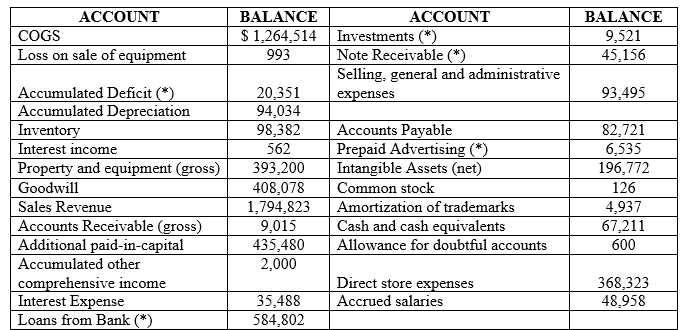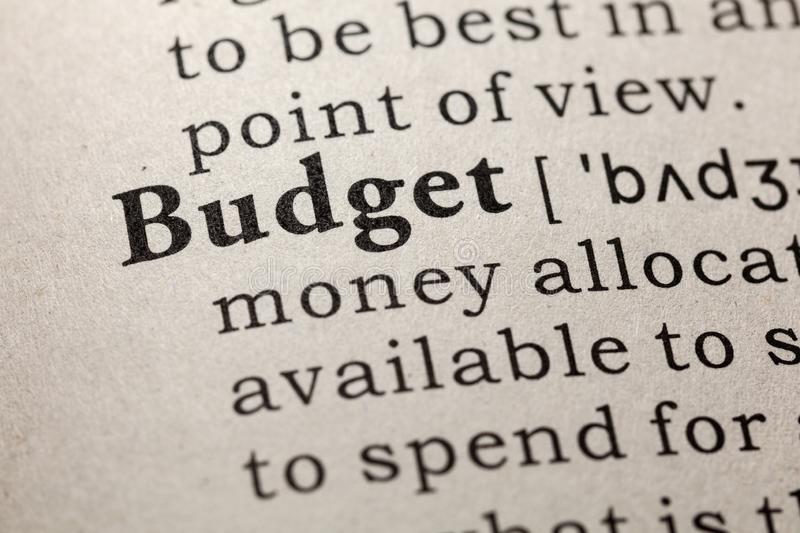Content

A capitalized cost is a cost that is incurred from the purchase of a fixed asset that is expected to directly produce an economic benefit beyond one year or a company’s normal operating cycle. Most companies will have a policy and capitalization limit in place to help them determine which costs to capitalize versus expense. They’ll use those policies along with the generally accepted accounting principles to decide how to account for each purchase. Depreciation is an accounting method used to allocate the cost of a long-term asset over its useful life. Capitalize refers to the act of recording an expense on a balance sheet as an asset. Determining the right capitalization threshold for your business can be tricky, as there is no set or commonly agreed-upon value.

The process entails recording the purchase as an asset instead of a period expense, then amortizing, or depreciating, portions of the purchase price over a set period, in regular intervals. This allows the company to spread the cost of the asset over its useful life and avoid drastic impacts to the income statement in the period the asset was purchased. Most professional accounting services suggest that organizations set minimum purchase thresholds for an item to be considered a fixed asset. Some types of long-term assets are capitalized but not depreciated. However, that land is not depreciated but is carried on the balance sheet at historical cost. The company may be required to reflect fair market value adjustments, though it may not record accumulated depreciation against the asset.
Assets under Construction (AuC) – Substantive Capital Projects
Freight, insurance, handling, storage, and other costs related to acquiring the asset. Alterations that modernize rather than improve the quality of a building should be expensed unless the alteration is so extensive as to increase the estimated life of the building. If the replacement is designed primarily to extend the length of the service life of the asset, the book value is increased by debiting Accumulated Depreciation. § An appropriate increase in depreciation expense is recognized in future years but the useful life is not increased.

From the Asset Master Data screen, click on Asset values to see the asset values. Fill in selection criteria so that you will select all of the WBS Elements for which you need to change the status back to RAB. Click the Back button and repeat the previous steps for each document to be reviewed. Click the Back icon and repeat the process for each document to be reviewed. If there are no error messages, go Back to the selection screen.
Leased Equipment
Together, these three statements give investors a clear picture of a company’s financial position. Companies set a capitalization limit, below which expenditures are deemed too immaterial to capitalize, as well as to maintain in the accounting records for a long period of time. The materiality principle applies to the capitalization concept. Because long-term assets are costly, expensing the cost over future periods reduces significant fluctuations in income, especially for small firms. Many lenders require companies to maintain a specific debt-to-equity ratio. If large long-term assets were expensed immediately, it could compromise the required ratio for existing loans or could prevent firms from receiving new loans.
A foreground test run limits the number of assets being processed to only 1000 assets and provides immediate results to the user. Simply create one final asset and ensure on the depreciation tab the depreciation key is updated to Z000 to ensure that depreciation does not post before you retire the asset. All retirement actions are tracked via using a Service Notification during which updates are made to the Equipment Master. Tab of the Asset Explorer will show these total values and posted transactions for prior year acquisition using T-code ABNAN, with Asset Value Date of first day of current fiscal year. If, however, the asset is to be capitalized against an WBS Element or an Internal Order, you’ll need to add the WBS Element / Internal Order number to the posting manually. The second step posts value to the asset and recognizes relevant accumulated depreciation related to the closed fiscal years.
Company
Entities use the estimated useful life of an asset to defer the purchase cost of the asset over the estimated useful life. Typically, a straight-line methodology is applied to the calculation, which means the organization equally spreads recognition of the expense over the useful life of the capitalized asset. When the lessee elects to purchase the leased asset at the end of the term, the asset is depreciated over its useful life since it will become the lessee’s fixed asset. All expenses incurred to bring an asset to a condition where it can be used is capitalized as part of the asset.
Look further into the capitalize meaning… If a company capitalizes its costs, then it means that the charges do not show up on the income statement. The total amount can also be seen on the balance sheet accounts. This means that a company has the ability to spread the amount of its expenses over time. This means capitalize assets meaning that the net income for that company will have a smoothing effect over the life of the investment or asset, and in the first year artificially inflates the net income. Capitalizing a fixed asset refers to the accounting treatment reserved for the purchase of items to be used in the operation of the business.
What is an example of a capitalized asset?
Typical examples of corporate capitalized costs are items of property, plant, and equipment. For example, if a company buys a machine, building, or computer, the cost would not be expensed but would be capitalized as a fixed asset on the balance sheet.
